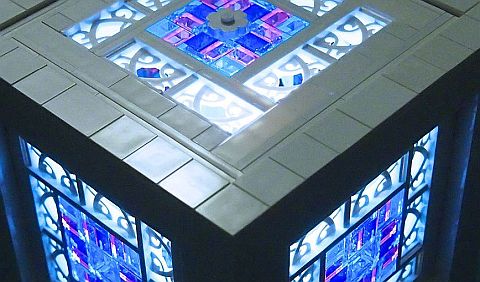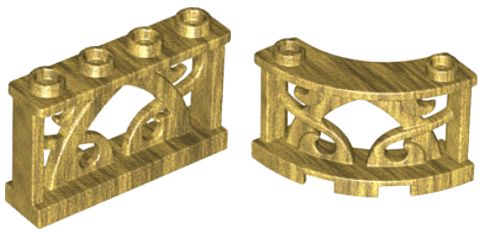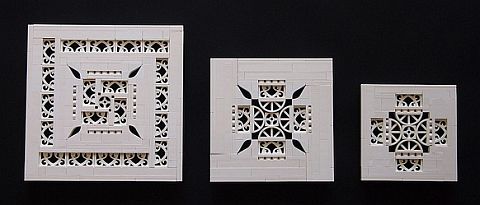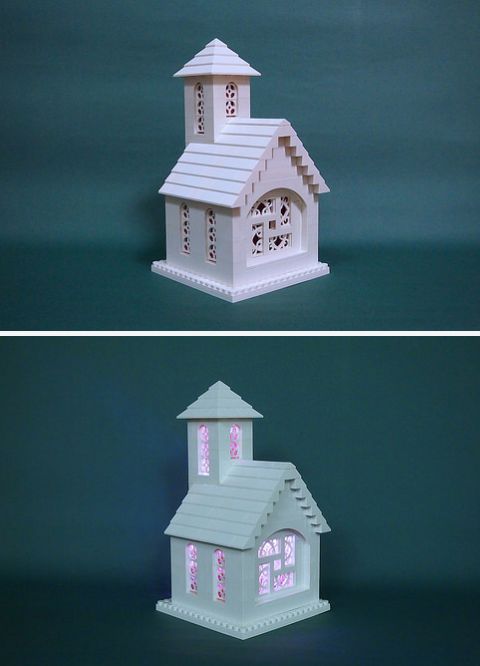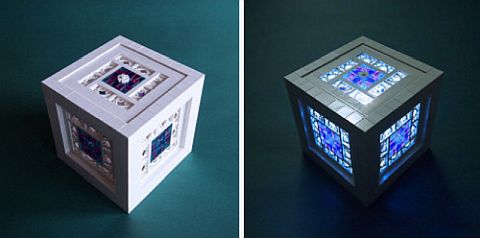LEGO MASTERS is a British reality show in which teams of amateur LEGO builders compete in various challenges, testing their design and construction skills. The series received strong reviews, and is already in its second season in the U.K. It was recently announced that a U.S. version of the show is in the works. This is super exciting news for LEGO User Groups and LEGO fans! Details below. 🙂
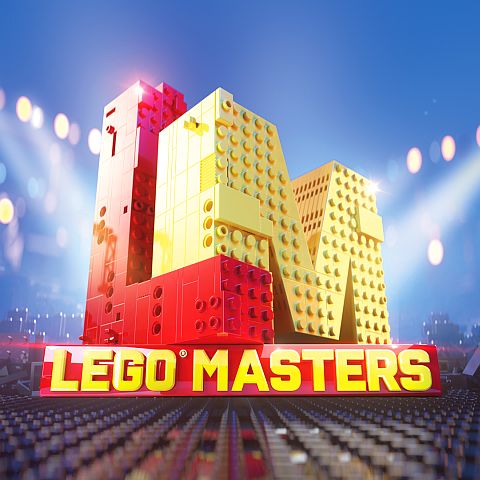
Endemol Shine North America and U.K.-based independent production company Tuesday’s Child are teaming with Brad Pitt’s Plan B Entertainment to jointly produce a U.S. version of the hit British series LEGO MASTERS. The production companies were set to start conversations with potential American-based platforms at the beginning of the year.
Originally created by Tuesday’s Child, LEGO MASTERS first launched on Channel 4 in the U.K. in 2017, quickly becoming the network’s highest-rated new series, nearly doubling its primetime average with young adults. Since then, LEGO MASTERS was renewed by Channel 4 and local versions of the successful format have begun launching around the world.
Along with Plan B Entertainment, Sharon Levy, DJ Nurre and Michael Heyerman will serve as executive producers for Endemol Shine North America, Karen Smith and Steph Harris will serve as executive producers for Tuesday’s Child and Jill Wilfert and Robert May for The LEGO Group.
“This is a project that I am truly passionate about, as LEGO bricks have played an instrumental role in my family’s life,” stated Sharon Levy, President, Unscripted & Scripted Television, Endemol Shine North America. “We are thrilled to be bringing LEGO MASTERS to the U.S. market with the original producers at Tuesday’s Child and the team at Plan B Entertainment.”
Tuesday’s Child Managing Director Karen Smith stated, “It’s awesome to team up with Plan B and Endemol Shine North America to bring LEGO MASTERS to the States. It’s a format filled with wonder, emotion, drama, and loads of smashing bricks. The competitors excel in story-telling, engineering, artistry, ingenuity, and genuinely thinking outside the box. It’s a new talent show, but no-one sings or dances, unless they’re barefoot and stand on a brick…”
Jill Wilfert, Vice President, Licensing & Entertainment, the LEGO Group says; “We are pleased viewers in the U.K. and Germany have enjoyed LEGO MASTERS, and believe it will delight people of all ages around the world. The series celebrates creativity and the endless possibilities of the LEGO brick, not to mention the fun families and friends have when they build together.”
LEGO MASTERS pits enthusiasts in a competition that starts with a single LEGO brick and infinite possibilities and concludes with mind-blowing builds that will surely both inspire legions of loyal LEGO followers and capture the imagination of new fans.
Endemol Shine Group is the exclusive distributor of the format across all platforms outside of the U.K. and has the rights to produce local versions of the show around the world. Endemol Shine International is the exclusive distributor of all finished tape of all versions produced, including the original British version.
Last year, Endemol Shine announced LEGO MASTERS landed its first international deals, as Endemol Shine Australia is producing a local version of the format for Nine and Endemol Shine Germany successfully produced the series for RTL. Channel 4’s second season in the U.K. launched in November to strong ratings.

If you are not from the U.K., and have never heard of LEGO MASTERS before, below is the trailer for the first season, so you get an idea what the show is about. You can also find some of the previous episodes on YouTube, if you are interested to watch.
While details of when and where the show will air in the U.S. is not yet known, it’s great to see that it’s already in the works. Although these type of large constructions and sculptures may not be everyone’s interest, watching the show can boost the creativity of children to experiment on their own, and also inspire families to build together.

What do you think? Are you familiar with the LEGO MASTERS show? How do you like it? If you have been watching the episodes, feel free to share your own thoughts and re view in the comment section below! 😉
And you might also like to check out the following related posts:


